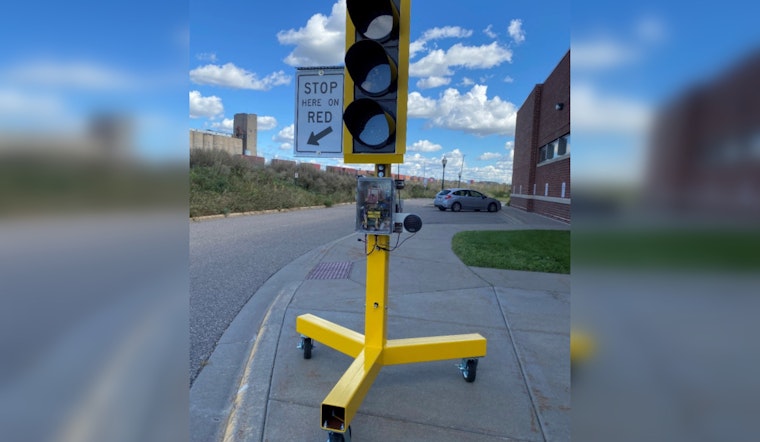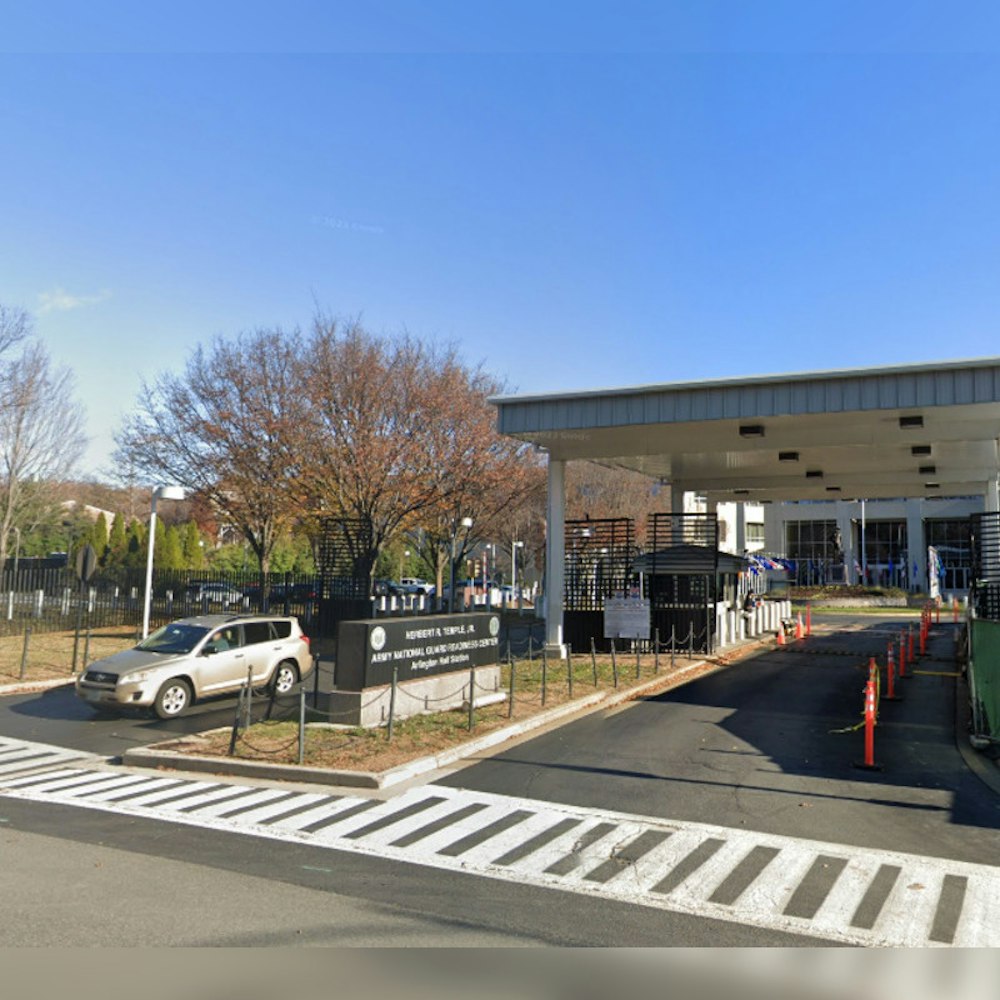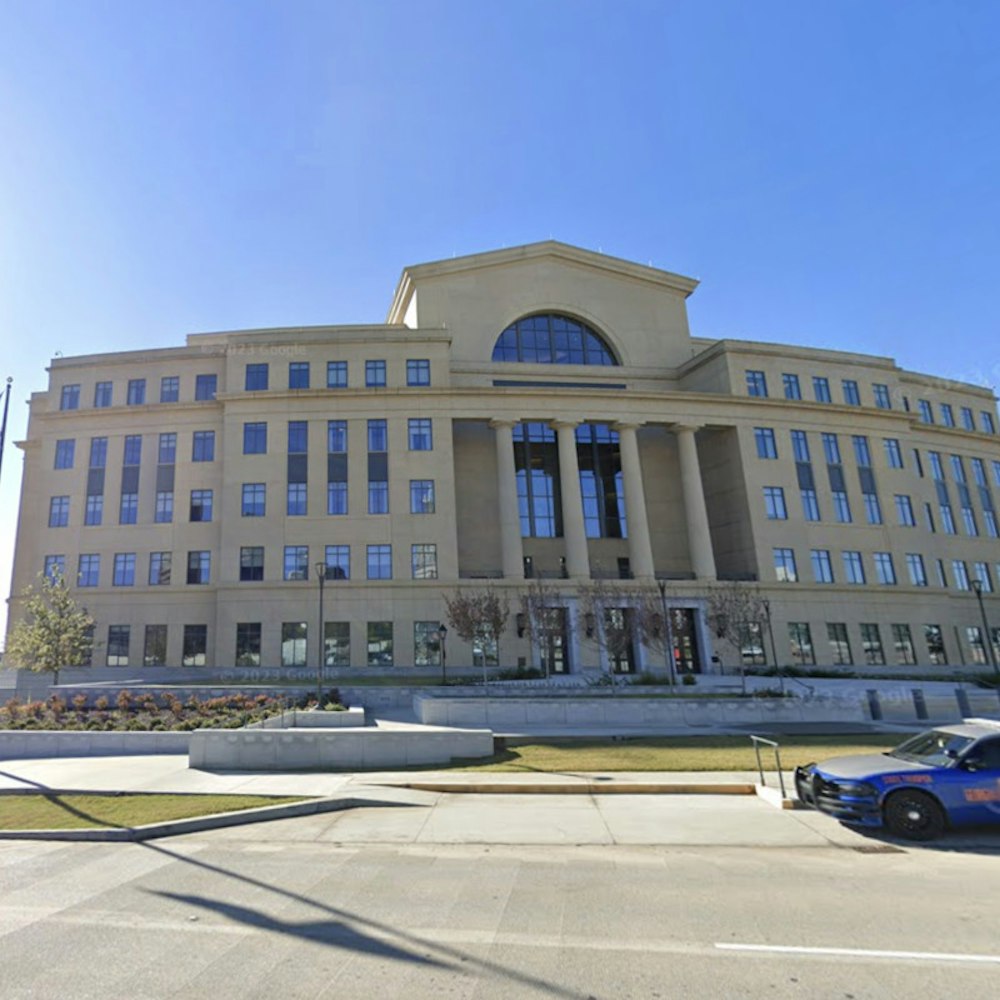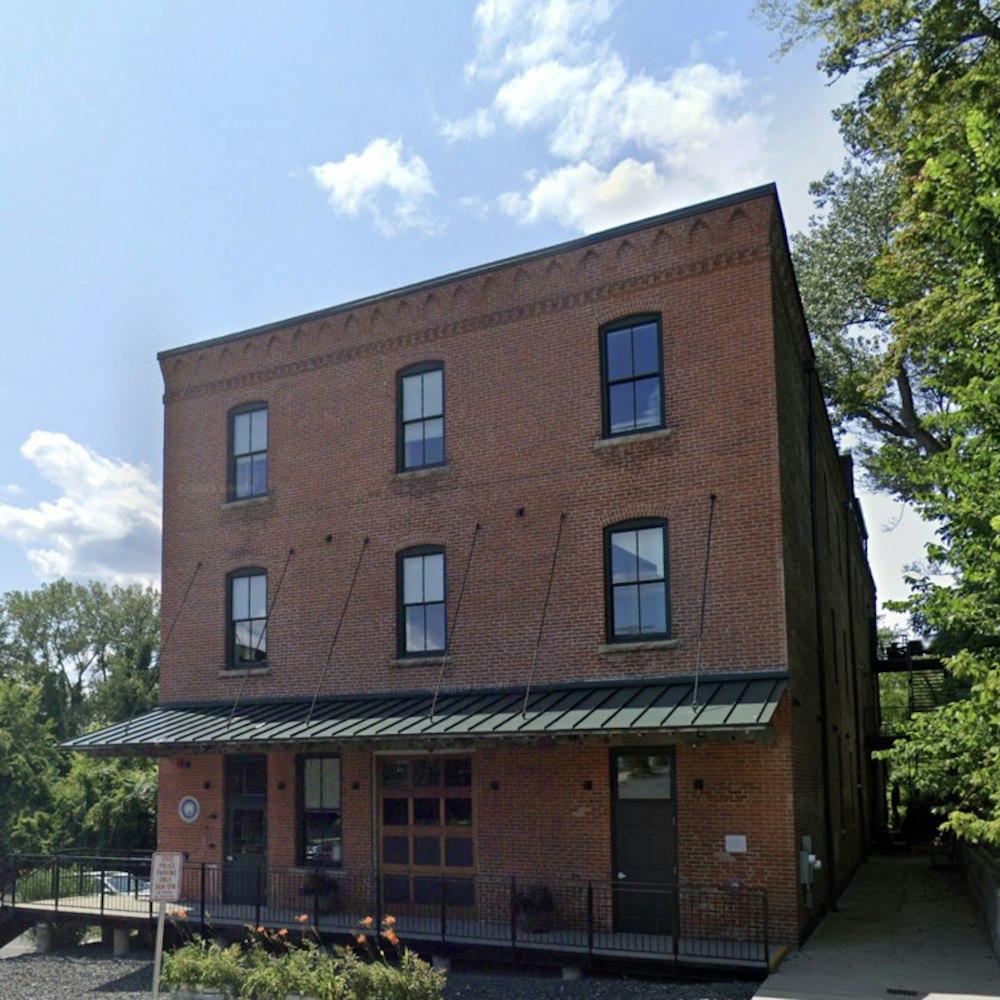
The Minnesota Department of Transportation (MnDOT) and the Local Road Research Board (LRRB) have rolled out new tools aimed at streamlining the evaluation and communication of benefits derived from transportation research, targeting efficiency and strategic investment. As disclosed in a recent update, they have established improved methods backed by stakeholder input to appraise the impact of their projects.
Standing at the forefront of defining these new methodologies, MnDOT and LRRB have drawn together a comprehensive framework to prioritize project-specific evaluation, according to information from a statement released by the agencies. This move allows for enhanced flexibility in tracking projects as they unfold, ensuring that communication activities are aligned with the evolving nature of each venture.
Turning heads in the realm of traffic control within work zones, MnDOT's latest endeavor involves the development of two innovative smart sign systems designed to bolster safety. Operating closely with maintenance workers, researchers were able to integrate vehicle trajectory tracking and audiovisual warnings into a Stop/Slow paddle and a portable traffic signal. Trial runs in a driving simulator have shown promising results, encouraging safer stopping practices within work zones, and signaling a milestone in transportation safety innovation.
In another leap forward, Minnesota is empowering drivers with the implementation of flashing yellow arrow signals, which have garnered approval for clarity among motorists. Flaunting a new study that surveyed over 400 drivers, the research, as "revealed by" the agency, confirms that most drivers correctly interpret the flashing yellow arrows, understanding that they can proceed with a left turn when safe, without the need for an additional yield sign.
Confronting the challenges presented by Minnesota's mercurial weather conditions on rural roads, efforts are underway to reconfigure asphalt mixtures for greater resistance against the elements. Researchers, fueled by the Local Road Research Board's study, have keyed into a new asphalt concoction that hints at a longer lifespan for low-volume roads, evidently anticipated to stand firmer against relentless freeze-thaw cycles.
Lastly, the LRRB has drafted a new guidebook touching upon the ride quality of asphalt pavements and overlays as well as reflective cracking. This compendium of ideas and solutions, spawned from surveys and group meetings with local agencies, is envisioned to aid practitioners in combating common pavement issues. It embodies collaborative input and research findings condensed into actionable strategies for local agencies.









